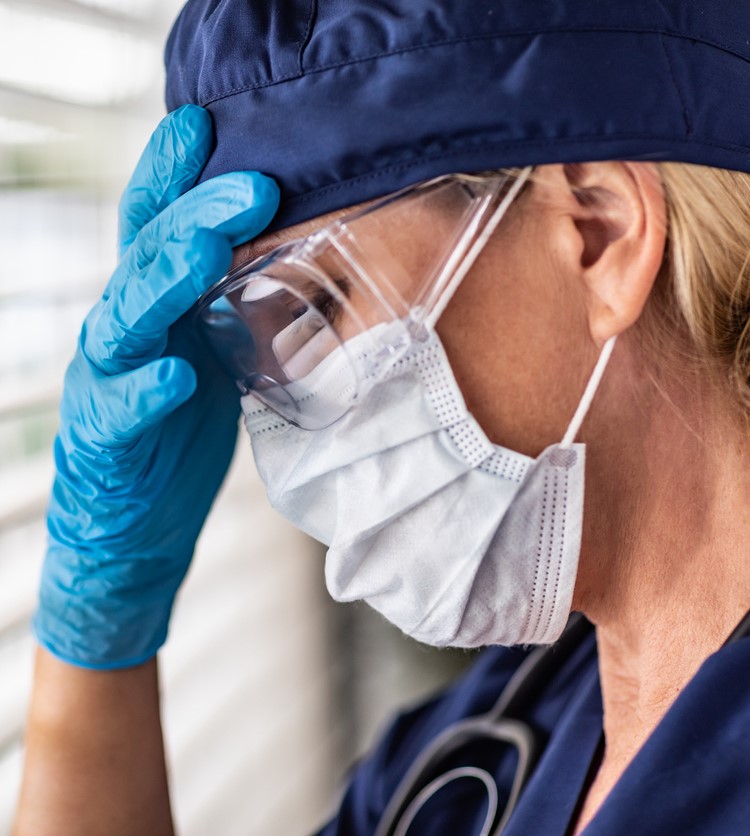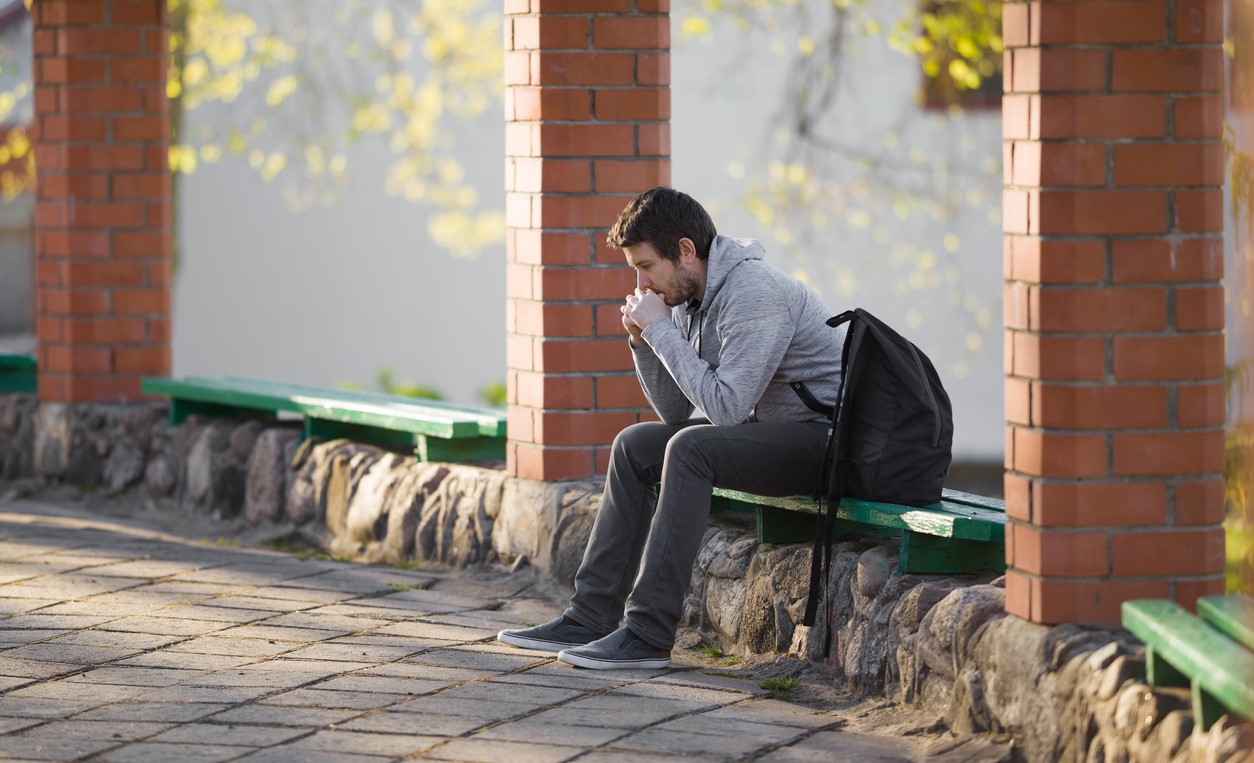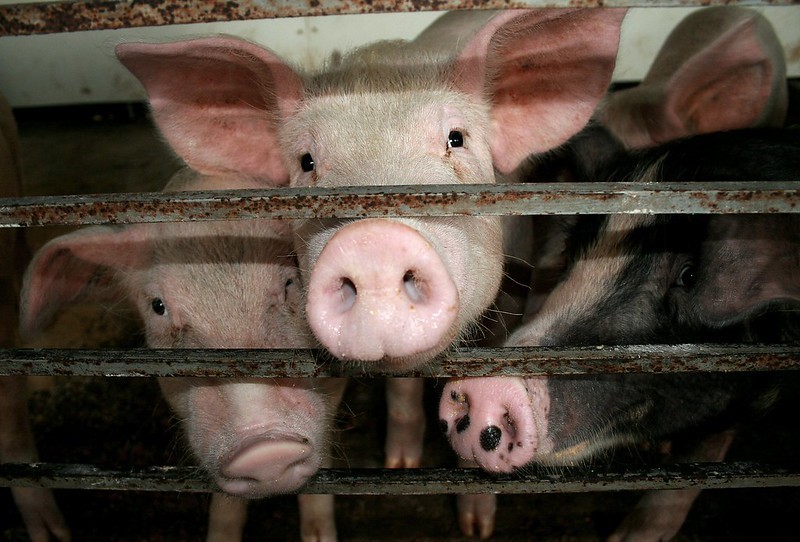 Interviews with clinicians who provided direct patient care at US healthcare facilities in the second year of the COVID-19 pandemic describe a disconnect between official messaging about crisis conditions and their own experience, waning morale, and having to allocate scarce resources in the absence of system-level support
Interviews with clinicians who provided direct patient care at US healthcare facilities in the second year of the COVID-19 pandemic describe a disconnect between official messaging about crisis conditions and their own experience, waning morale, and having to allocate scarce resources in the absence of system-level support
The interview results were published by a University of Washington–led research team late last week in JAMA Network Open.
Twenty-three clinicians, including 21 doctors and 2 nurses, practicing in California, Idaho, Minnesota, or Texas completed interviews from December 28, 2020, to December 9, 2021. The average age was 49 years, 85.7% were White, and 57.1% were men.
Hospital plans may be 'unworkable'
Three themes emerged from the interviews: isolation, in-the-moment decision-making, and eroding motivation. Clinicians said they had a limited view of events outside of their immediate practice area and observed a disconnect between official messaging about conditions and their own experience.
"In the absence of overarching system-level support, responsibility for making challenging decisions about how to adapt practices and allocate resources often fell to frontline clinicians," the study authors wrote.
Interviewees said that formal crisis declarations didn't help guide allocation of resources in clinical practice, leaving them to rely on their clinical judgment and manage situations that were operationally and ethically complex.
Institutional plans to protect frontline clinicians from the responsibility for allocating scarce resources may be unworkable.
While a strong sense of mission, duty, and purpose had pushed clinicians to put forth extraordinary efforts early in the pandemic, interviewees said their motivation lessened over time due to unsatisfying clinical roles, a lack of alignment between their own values and those of their institutions, more distant relationships with patients, and moral injury.
"The findings of this qualitative study suggest that institutional plans to protect frontline clinicians from the responsibility for allocating scarce resources may be unworkable, especially in a state of chronic crisis," the researchers wrote. "Efforts are needed to directly integrate frontline clinicians into institutional emergency responses and support them in ways that reflect the complex and dynamic realities of health care resource limitation."

 A
A 











